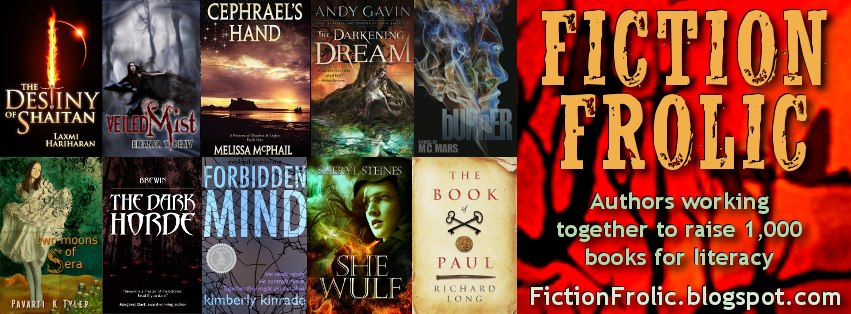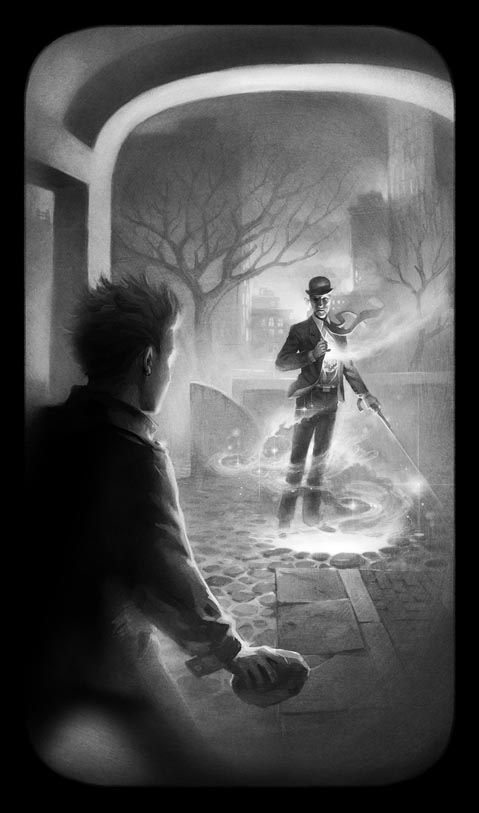
My latest Advanced Reader Copy of Untimed. NOTE: the white balance leans overly orange in this photo
This was a busy week for Untimed swag. The proof came for the latest ARC (Advanced Reader Copy) and it looks fantastic. Not only the outside, but the interior has a new properly done layout that includes all the illustrations and near print ready formatting.
I also received a run of bookmarks. These look pretty cool but I wish there was an easy way to get proofs before printing a big run. The way they price these things on the online printshops (I used overnightprints.com for these) it only makes sense to order 1000-2000+, but there are no (physical) proofs. The text on the back is a little close to the trim for my taste, even though it was well inside the safety zone. They also have a 2-3mm variance in the cutting, which is typical but annoying. They aren’t all centered perfectly an I’m a perfectionist. Still, they look cool. For those of you curious about the process, below are the print ready versions.















 Title:
Title: 
 Title:
Title: 











